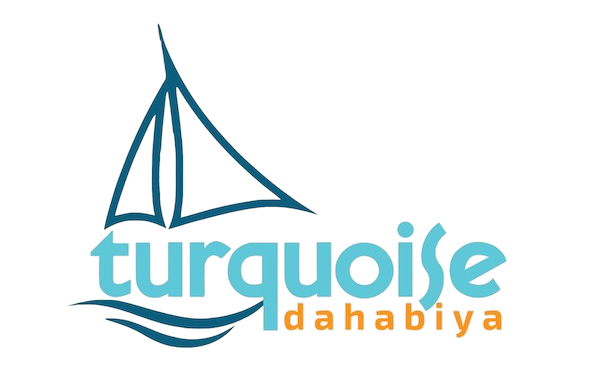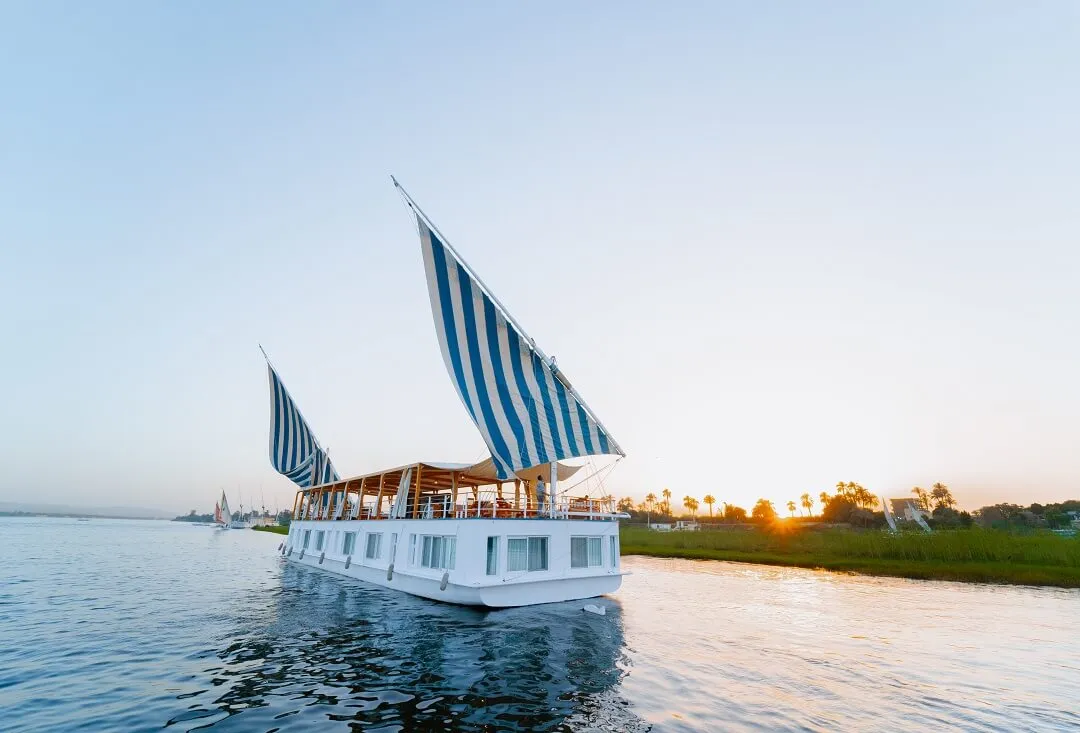When you think of Egypt, your mind probably goes to the pyramids, ancient temples, or maybe even the busy streets of Cairo. And even though those are mostly the greatest parts of the Egyptian identity, there’s so much more to the country than its monuments. One of the most fun and underrated side of the country’s culture is the celebrational traditions of the Egyptian folklore dances. These dances aren’t just about movement—they’re about telling stories loudly through moves, honoring traditions, and bringing people together in celebration.
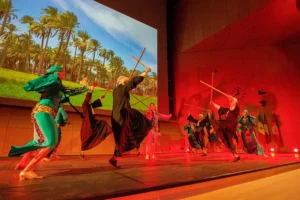
Egyptian folklore dance is a reflection of how full life is of happiness, color, and history all in one. Although each part of Egypt has its own different style, reflecting the spirit and culture of its people. Whether it’s by the powerful Saidi dances from Upper Egypt or the joyful, rhythmic Nubian dances from the south, every movement has meaning. These dances tell the story of the land and the people who live there, and they’re a beautiful way of expressing identity and staying connected to our roots.
Why Folklore Dance Matters
Folklore dances in Egypt aren’t just performances, they’re some of the living history. These dances have been passed down through generations, carrying the emotions, struggles, and celebrations of the people who came before us.
They’re a lot more than entertainment; they’re a way of bringing people together. Whether it’s at a wedding, or just a small community gathering, folklore dances remind us of where Egyptians actually come from, how they started, and what we share as a culture. There’s a sense of pride and joy in these dances that I think anyone can feel, whether you’re performing or just watching.
The Many Styles of Egyptian Folklore Dance
Egypt is such a big and diverse country, and that diversity shines through in its folklore dances. Every region has its own style, and each one is a reflection of its people, landscape, and way of life. Here are just a few of the most iconic ones:
1. Saidi Dance
We could say that the Saidi dance is the most famous folklore dance in Egypt. It comes from Upper Egypt, or Al-Sa’id, where traditions run deep, and pride is a huge part of the culture.
The Moves: Saidi dances are bold and energetic. Men often perform with sticks (tahtib), showing off their strength in movements that feel half like a dance, and half like a martial art. Women usually dance with the stick in a lighter lady-like, more playful way, adding a fun and flirtatious energy to the performance.
The Look: Women mostly wear long dresses that are fitted well with colorful patterns and sometimes add a scarf or any kind of cloth around their hips to make them stand out a lot more than usual. Men wear traditional galabeyas (long robes), keeping the look simple yet classic.
The Vibe: There’s a real sense of power and pride in the Saidi dance. It’s not just about the movements—it’s about showing the strength and spirit of the Saidi people.
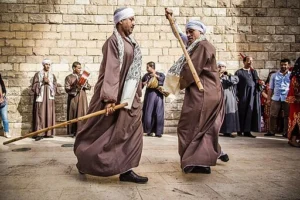
2. Nubian Dance
Nubian dances are unforgettable as they are the happiest and most colorful performances you’ll ever see. They come from the southern part of Egypt (south of Aswan), where the Nubian culture is all about community get-alongs and celebration.
The Moves: Nubian dances are light, rhythmic, and full of joy. They’re usually performed in groups, with dancers moving together in circles or holding hands. The steps are simple but incredibly lively, perfectly matching the upbeat music.
The Look: Bright colors are everything in Nubian dances. Women wear long, flowing dresses with bold patterns, while men keep it elegant with tunics in simple designs.
The Vibe: There’s no way to watch a Nubian dance without smiling. It’s pure happiness, celebrating life, community, and the beauty of the Nile.
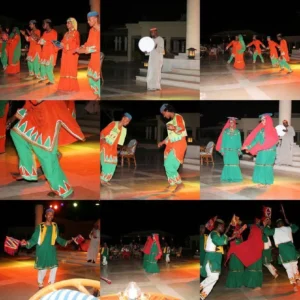
3. Hagalla Dance
Hagalla is considered the least-known dance, but it’s still one of the most special. It comes from the Egyptian western desert, where Bedouin traditions are still a living part of life.
The Moves: Hagalla is usually performed by a single lady dancer. Her movements are fragile and graceful, focusing on symphonic footwork and elegant swaying. It’s a bit slower than other dances, but there’s something fascinating about its simplicity.
The Look: Bedouin culture is the inspiration of the costumes, so they are often decorated with coins and jewelry that sparkle with every move.
The Vibe: This dance feels personal and traditional. It’s a celebration of feminine and the beauty of Bedouin culture.
4. Fellahin Dance
The Fellahin dance comes mostly from the farming community in the Nile Delta. It’s simple, cheerful, and full of charm, reflecting much of the people who perform it.
The Moves: This dance reflects the daily tasks of farmers, like planting seeds, harvesting crops, or carrying water. It’s fun, playful, and lighthearted, making it easy for anyone to join in.
The Look: Costumes are practical but festive. Women wear colorful robes, and men stick to plain tunics that reflect the simplicity of rural life.
The Vibe: There’s a always the great feeling of gratefulness and happiness in this dance. It’s a reminder of how deeply in need we are to the land and how important farming is to our culture.
5. Tanoura Dance
The Tanoura dance isn’t really one of the traditional folklore, but it’s crafted its way to be an important part of Egyptian culture that it’s impossible to push out. Inspired by Sufi spirituality, it’s as much about art as it is about meaning.
The Moves: Tanoura dancers spin continuously, creating a hypnotic effect of colors and shapes; some can’t even imagine how the dancer can keep on spinning like that.

In the end, Egyptian folklore dance aren’t just about the moves, it’s a lot more about the customs, traditions, spirit, and pride that come with them. Each dance whichever from the powerful Saidi to the colorful joyable Nubian, all of them reflect the spectacular spirit of Egyptians and their culture. These dances keep the Egyptian roots connected, by bringing communities together, and their celebrations of everything that makes life meaningful and full. Egyptian folklore dance is a beautiful reminder of who Egyptians are, where they come from, and the joy of keeping their heritage alive.
